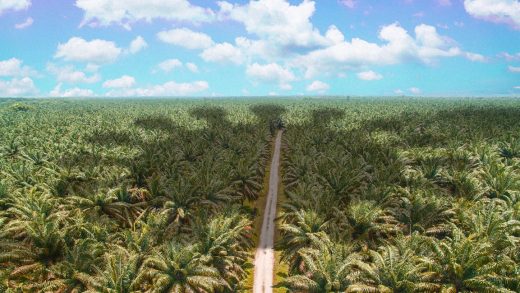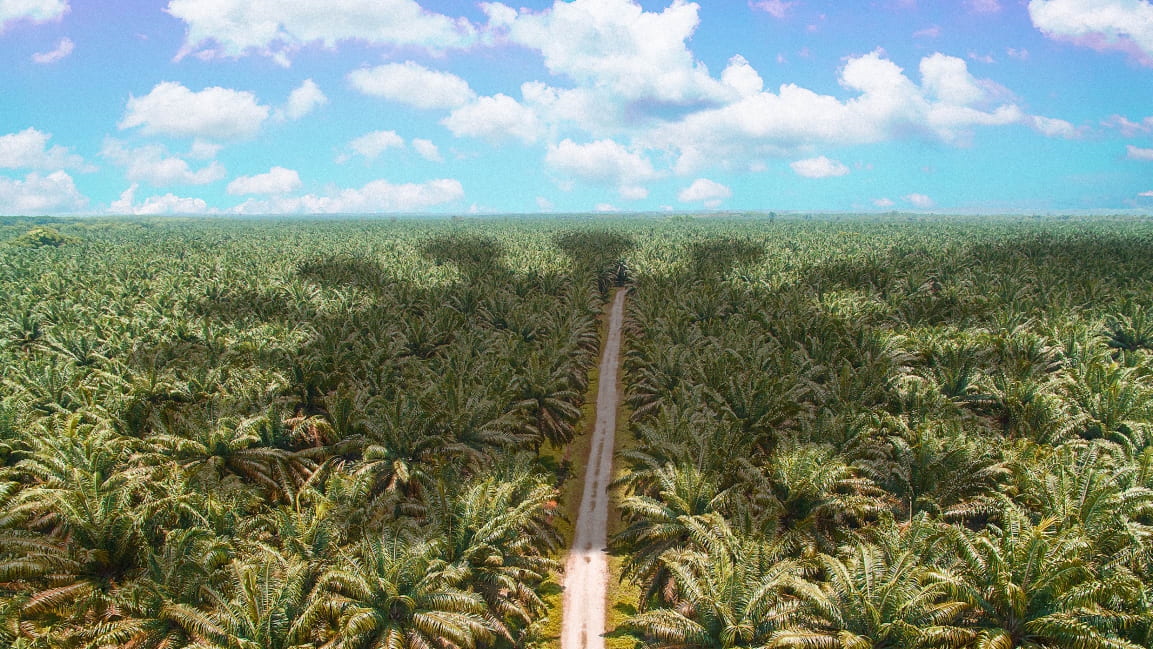It would take $30 billion a year to prevent future pandemics—that’s a lot less than COVID-19 is costing us
Two decades ago, when farms and palm oil plantations displaced a swath of rainforest in Malaysia, it helped force a population of fruit bats to move from the forest to fruit farms next to industrial pig farms—where the deadly Nipah virus spread from the bats to pigs and later to farmers, killing dozens of people.
Six years later, SARS emerged in China, likely through animals at wildlife markets. Then came the swine flu, MERS (a bat virus that spread through camels to humans), and outbreaks of Ebola (also likely linked to bats) and Zika (found in monkeys). The genetics of SARS-CoV-2, the virus that causes COVID-19, link it to bats and pangolins, and it may have also spread through wildlife markets. As natural areas continue to shrink, it’s increasingly likely that more diseases will jump from wildlife or livestock to humans. A new study looks at what could be done to prevent that from happening. The cost of key nature-based pandemic prevention strategies, it finds, are trillions of dollars less than we’re spending now in the coronavirus response.
The world could lose $5.6 trillion this year alone in the response to COVID-19, and the total economic and mortality costs could eventually reach as much as $10 to $20 trillion. The study suggests spending between $22.3 billion and $30.1 billion a year to help prevent future pandemics. Over a decade, the total expenditure would be 20-30 times less than we’re losing this year. For the U.S., that might mean spending $30 billion annually over a 10-year period, or less than 1% of what the country has already spent on the pandemic.
The strategies are straightforward, based on the understanding that increasing interactions between animals and humans increases the risk of virus “spillover.” Deforestation is a particular problem. “If you’re in close contact with wildlife, the chance that a newly mutated strain jumps to people, that can then pass between people, goes way up,” says Lee Hannah, a scientist at the nonprofit Conservation International and one of the authors of the new study. “We know that those interactions happen at the forest edge. So as we clear forests and create more forest edge, those interactions increase, and these rare events become more common.”
Of course, there are already efforts underway to reduce deforestation for other reasons, such as climate change. But they don’t go far enough. “What our numbers show is that the amount we’re spending each year to reduce deforestation isn’t anywhere in the ballpark of what it needs to be either for climate change or for reducing pandemics,” he says. “About a billion dollars a year gets spent on forest conservation. The estimates for pandemic prevention are that we need to be spending $10 to $15 billion a year on reducing deforestation.”
Better conservation programs can help; if farms near the edge of a forest can become more productive, for example, farmers will have less incentive to burn trees to clear more land. There’s been some progress over time, as countries such as Brazil have reduced deforestation significantly. But some trends are moving in the wrong direction now. “We see a lot of rollbacks of environmental protections,” Hannah says. “We’ve seen that in this country, and we see that all around the world, as forces who are not friendly to nature use the opportunity of the pandemic to get political concessions.” In some areas, the pandemic has limited the ability to enforce protected areas; as more people go into forests for illegal hunting or logging, it increases the risk of contact with wildlife that could spread disease.
The report also recommends new laws and enforcement to keep wild animals out of markets. In China, where wildlife farming is a $20 billion industry, the government has moved aggressively to ban trading, at least for now. The study suggests investing more to end the wild meat trade in China. But changes also need to happen internationally, including in the U.S., which is the largest consumer of wild animals in the world, with millions of animals imported annually as pets and for other purposes.
More testing of animals and humans in the places most at risk for virus spillover can also help—including the creation of a new library of virus genetics that can help identify the source of a virus early in an outbreak—as can changes in agriculture to prevent the spread of viruses from livestock. But are governments likely to spend the money needed to put new programs in place? “If we’re sane and rational and believe in the science, then the hope is great,” Hannah says. A pandemic prevention bill introduced by Chris Coons and Lindsey Graham includes some of the proposed ideas, though Hannah says that it doesn’t include enough funding. “They’ve got to figure out a way to ramp this up by tenfold in order to really significantly reduce pandemics,” he says. “Tens of billions of dollars is a lot of money. But it’s nothing compared to what we’re spending on these diseases. The U.S. spends $30 billion a year on HIV care. So it’s just common sense that we should address this.”
(18)



